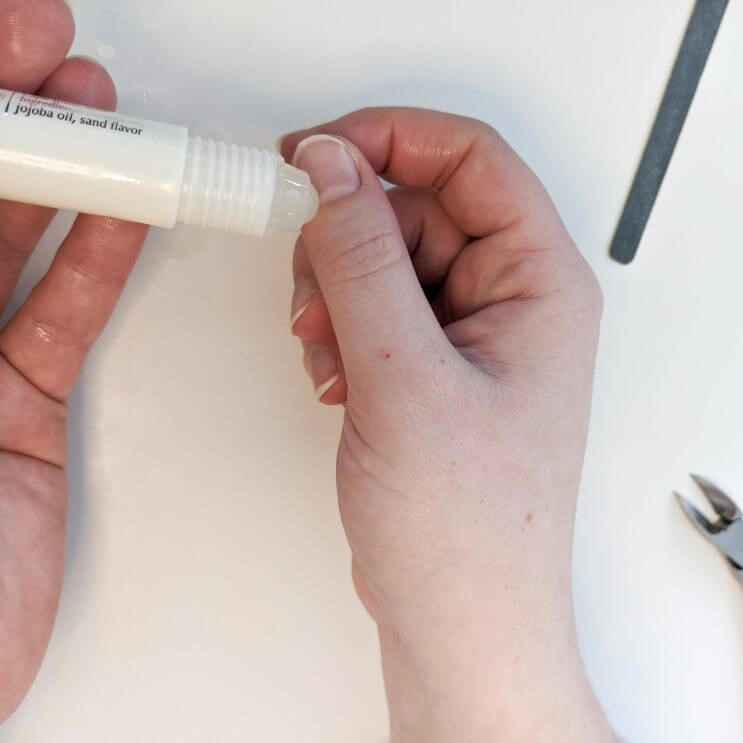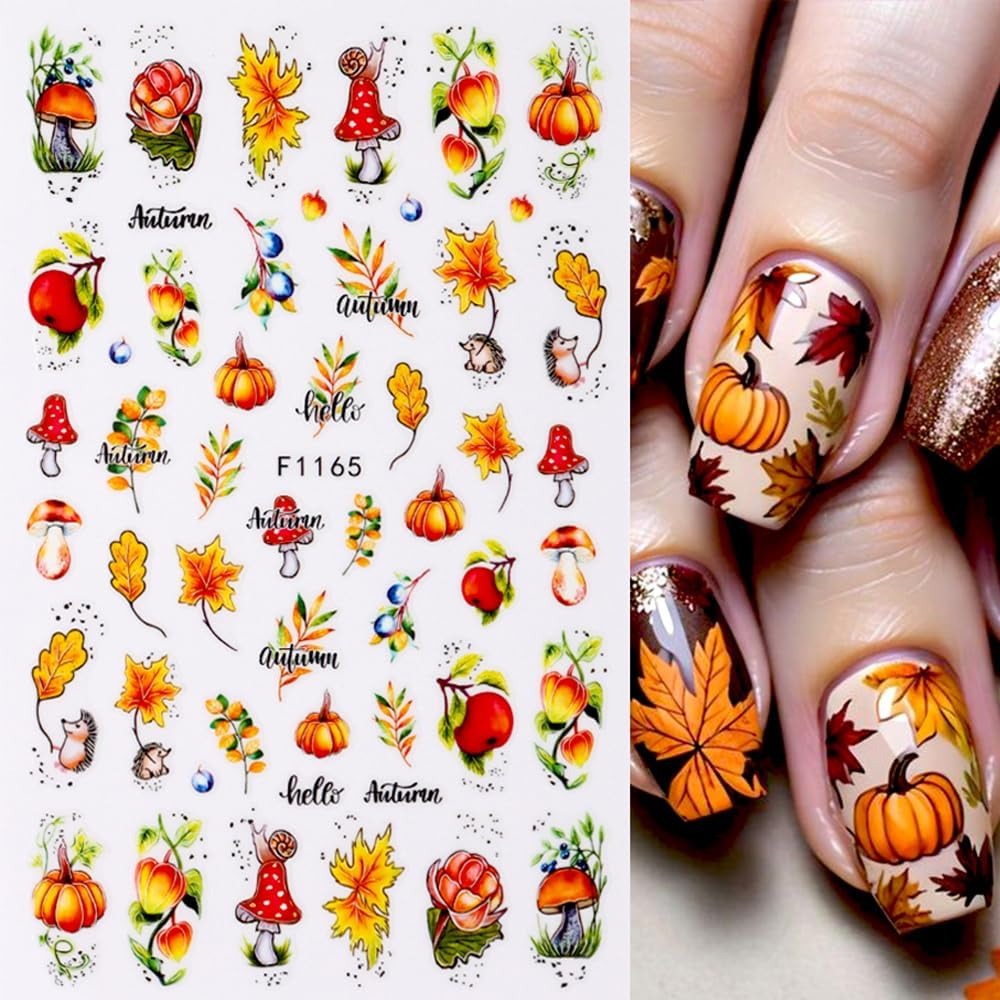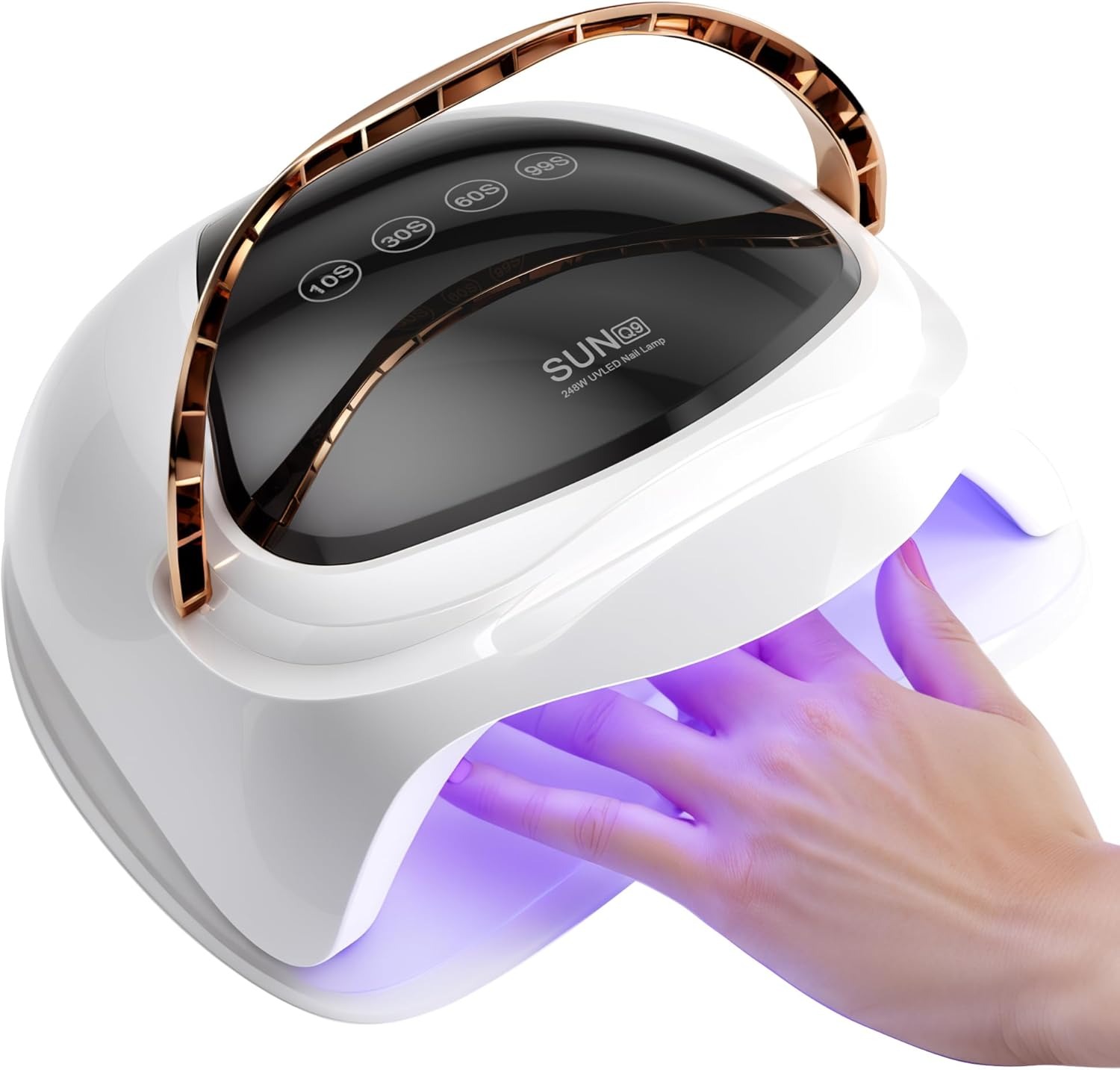Nail glue can be a lifesaver when it comes to achieving salon-quality nails at home or fixing broken nails on the go. However, removing nail glue can be a bit tricky if you don’t know the right techniques. Understanding how to get nail glue off your nails is essential to maintain the health and appearance of your natural nails. In this comprehensive guide, we will explore various methods and tips to help you remove nail glue safely and efficiently without causing any damage to your nails.
 Understanding Nail Glue and Its Composition
Understanding Nail Glue and Its Composition
Before diving into the removal process, it’s helpful to understand what nail glue is and how it works. Nail glue is a powerful adhesive typically made from cyanoacrylate, the same substance used in super glues. It bonds quickly and strongly, making it perfect for attaching artificial nails, repairing broken nails, or applying nail art decorations. However, its strong bonding power also means that removing it requires careful handling to avoid harming your natural nails.
The Importance of Proper Nail Glue Removal
Properly removing nail glue is crucial for several reasons. First, improper removal techniques can weaken your nails, leading to brittleness or breakage. Second, harsh chemicals or excessive force can damage the cuticles and surrounding skin, causing irritation or even infections. Therefore, knowing how to get nail glue off your nails correctly ensures that your natural nails remain healthy and strong.
##Tools and Materials You’ll Need
Gathering the right tools and materials beforehand makes the removal process smoother and more effective. Here’s a list of items you’ll need:
- Acetone-based nail polish remover
- Cotton balls or pads
- Aluminum foil
- A nail file or buffer
- A cuticle pusher or orangewood stick
- Petroleum jelly or cuticle oil
- A small bowl and a soft cloth
- Warm soapy water
Having these items ready will help you efficiently remove nail glue without unnecessary delays or complications.
 Step-by-Step Guide on How to Get Nail Glue Off Your Nails
Step-by-Step Guide on How to Get Nail Glue Off Your Nails
Follow these steps to safely and effectively remove nail glue from your nails:
Step 1: Protect Your Surrounding Skin
Before you begin, apply a small amount of petroleum jelly or cuticle oil around your nails. This step is crucial as it helps to protect the skin from the harsh effects of acetone, preventing dryness and irritation.
Step 2: Soak Cotton Balls in Acetone
Next, soak cotton balls or pads in an acetone-based nail polish remover. Acetone is highly effective in breaking down the glue, making it easier to remove. Ensure that the cotton is thoroughly saturated but not dripping.
Step 3: Apply Cotton to Your Nails
Place the soaked cotton balls over each nail, ensuring that the glue is fully covered. This coverage allows the acetone to penetrate and dissolve the adhesive effectively.
Step 4: Secure with Aluminum Foil
Wrap each finger with a small piece of aluminum foil to hold the cotton balls in place. This method traps heat, which helps the acetone work more efficiently on the glue. Leave the wraps on for about 10-15 minutes.
Step 5: Gently Remove the Aluminum Foil and Cotton
After soaking, carefully remove the aluminum foil and cotton balls from your nails. You will notice that the glue has softened and should be peeling away easily. Use your cuticle pusher or orangewood stick to gently lift the glue from your nails. Be patient and avoid forcing the glue off to prevent any damage.
Step 6: File Down Residual Glue
If any glue remains, gently file it down using a nail file or buffer. This step ensures that your natural nails are smooth and free from any leftover adhesive.
Step 7: Wash and Moisturize
Once the glue is completely removed, wash your hands with warm soapy water to eliminate any residual acetone. Apply a nourishing cuticle oil or moisturizer to replenish the moisture lost during the removal process. This will keep your nails and surrounding skin healthy and hydrated.
Alternative Methods for Removing Nail Glue
While acetone-based removal is the most effective method, there are alternative approaches for those who prefer to avoid harsh chemicals.
Using Warm Soapy Water and a Nail File
If you have sensitive skin or prefer a gentler method, warm soapy water combined with a nail file can be an effective alternative. Soak your nails in warm soapy water for about 15 minutes to soften the glue. Then, use a nail file to gently scrape off the adhesive. This method may take longer but is less abrasive on your nails and skin.
Olive Oil and Lemon Juice
Another natural method involves using olive oil and lemon juice. Mix equal parts of olive oil and lemon juice, then apply the mixture to your nails. Let it sit for 10-15 minutes before gently wiping away the glue with a soft cloth. This combination not only helps to remove the adhesive but also moisturizes your nails and cuticles.
Petroleum Jelly and Rubbing Alcohol
Mix petroleum jelly with rubbing alcohol to create a paste. Apply the paste to the affected nails and let it sit for several minutes. The rubbing alcohol helps to break down the glue, while the petroleum jelly prevents the mixture from drying out your skin. Afterward, use a soft cloth to wipe away the glue residue.
 Tips to Prevent Nail Glue Buildup
Tips to Prevent Nail Glue Buildup
Preventing excessive nail glue buildup can reduce the need for frequent removal and maintain the health of your nails. Here are some tips to keep in mind:
Use Minimal Glue
Apply a small amount of glue to avoid excess buildup. A little glue goes a long way in providing a strong bond without leaving too much residue.
Apply Properly
Ensure that the glue is applied evenly and covers the entire nail surface. This application ensures that the glue bonds effectively without creating thick layers that are difficult to remove.
Allow Adequate Drying Time
Give the glue enough time to dry and set properly before applying any pressure or additional layers. This practice prevents the glue from spreading or creating buildup.
Regular Maintenance
Regularly take breaks from using nail glue to allow your natural nails to breathe and recover. This practice promotes nail health and prevents long-term damage.
Understanding the Risks of Improper Nail Glue Removal
Incorrectly removing nail glue can lead to several issues, including:
Nail Weakness and Breakage
Forcing the glue off or using excessive filing can weaken your nails, making them prone to breakage and splitting.
Skin Irritation and Damage
Using harsh chemicals or aggressive removal techniques can irritate the skin around your nails, causing dryness, redness, and even infections.
Cuticle Damage
Improper removal can damage the cuticles, leading to peeling and vulnerability to infections. Protecting and nourishing your cuticles is essential for overall nail health.
When to Seek Professional Help
While many people successfully remove nail glue at home, there are situations where seeking professional assistance is advisable:
Persistent Glue Residue
If you struggle to remove the glue despite trying various methods, a professional manicure can safely eliminate the residue without harming your nails.
Damaged Nails or Skin
If your nails or surrounding skin are damaged or irritated from glue removal attempts, a professional can provide appropriate treatments to heal and restore your nails.
Regular Use of Nail Glue
Frequent use of nail glue may require professional care to maintain nail health and prevent long-term damage. Regular visits to a nail salon can help manage and mitigate any potential issues.
Maintaining Healthy Nails After Glue Removal
After successfully removing nail glue, maintaining the health of your nails is crucial. Follow these steps to ensure your nails remain strong and healthy:
Moisturize Regularly
Apply cuticle oil or a nourishing moisturizer to your nails and surrounding skin daily. This practice keeps your nails hydrated and prevents dryness and brittleness.
Strengthen Your Nails
Use a strengthening nail treatment or supplement to promote nail growth and resilience. Strong nails are less prone to breakage and damage.
Avoid Excessive Filing
While filing is necessary for smoothness, avoid over-filing as it can weaken your nails. Use a gentle touch and file in one direction to prevent splitting.
Maintain a Balanced Diet
Consume a balanced diet rich in vitamins and minerals that support nail health, such as biotin, vitamin E, and iron. Proper nutrition contributes to strong and healthy nails.
Give Your Nails a Break
Allow your nails to rest from adhesives and extensions periodically. This break helps your nails recover and maintain their natural strength.
 Common Myths About Removing Nail Glue
Common Myths About Removing Nail Glue
There are several misconceptions about how to remove nail glue. Let’s debunk some common myths:
Myth 1: Soaking in Hot Water Removes Nail Glue
While soaking in warm water can soften the glue, hot water alone is not sufficient to remove it effectively. Combining soaking with other methods, such as acetone or gentle scraping, yields better results.
Myth 2: Using Harsh Tools is Safe
Using metal tools or excessive force to scrape off nail glue can damage your nails and skin. It’s essential to use gentle methods and proper tools to avoid harm.
Myth 3: All Nail Polishes Removers Work Equally
Not all nail polish removers are created equal. Acetone-based removers are more effective at dissolving nail glue compared to non-acetone or natural removers.
Myth 4: Nail Glue Doesn’t Affect Natural Nails
Improper removal of nail glue can weaken and damage your natural nails. It’s vital to follow safe removal practices to maintain nail health.
The Role of Acetone in Nail Glue Removal
Acetone plays a pivotal role in dissolving nail glue effectively. Understanding how to use it properly can enhance your removal process:
How Acetone Works
Acetone breaks down the cyanoacrylate bonds in nail glue, making it easier to remove. Its solvent properties allow it to penetrate the glue, softening it for gentle scraping.
Safety Precautions
While acetone is effective, it’s also harsh on the skin and nails. To minimize risks, always protect the surrounding skin with petroleum jelly and limit exposure time. Avoid frequent use, as prolonged contact can lead to dryness and irritation.
Alternatives to Acetone
For those sensitive to acetone, alternatives like ethyl acetate-based removers or natural oils can be used, though they may require more effort and time to achieve the same results.
Environmental and Health Considerations
When using products like acetone, it’s essential to consider their environmental and health impacts. Here are some factors to keep in mind:
Ventilation
Ensure you work in a well-ventilated area when using acetone to avoid inhaling fumes, which can be harmful with prolonged exposure.
Disposal
Properly dispose of acetone-soaked materials to prevent environmental contamination. Do not pour acetone down the drain; instead, follow local disposal guidelines.
Alternatives for Eco-Conscious Users
Eco-friendly removers made from natural ingredients are available for those looking to reduce their environmental footprint. These alternatives are often gentler on the skin and less harmful to the environment.
DIY Recipes for Gentle Nail Glue Removal
If you prefer homemade solutions, here are some DIY recipes that can help you remove nail glue gently:
Lemon and Baking Soda Paste
Mix equal parts lemon juice and baking soda to form a paste. Apply the paste to your nails and let it sit for 10 minutes. Gently scrub with a soft brush or cloth to remove the glue residue.
Olive Oil and Vinegar Solution
Combine olive oil and white vinegar in equal parts. Soak your nails in the mixture for 15 minutes to soften the glue, then gently scrape it off with a cuticle pusher.
Apple Cider Vinegar Soak
Soak your nails in apple cider vinegar for 10-15 minutes to break down the glue. Use a soft cloth to wipe away the softened adhesive.
The Benefits of Professional Nail Services
While DIY methods are effective, professional nail services offer additional benefits:
Expertise and Precision
Professionals have the training and experience to remove nail glue safely and efficiently, minimizing the risk of damage to your nails and skin.
Enhanced Care
Nail technicians can provide treatments to strengthen and nourish your nails after glue removal, ensuring long-term nail health.
Time-Saving
Professional removal is typically quicker than DIY methods, saving you time and effort.
Specialized Tools
Nail salons use specialized tools and products that are not readily available to consumers, ensuring a more thorough and effective removal process.
Frequently Asked Questions About Nail Glue Removal
Is it Safe to Use Acetone on Your Nails Regularly?
Using acetone occasionally for glue removal is generally safe, but frequent use can lead to dryness and brittleness. To protect your nails, limit acetone exposure and consistently moisturize your nails and cuticles.
Can I Remove Nail Glue Without Damaging My Natural Nails?
Yes, by following gentle removal methods and using the right products, you can remove nail glue without harming your natural nails. Always be patient and avoid using excessive force.
How Long Does Nail Glue Take to Wear Off on Its Own?
Nail glue can take several days to naturally wear off, depending on the nail growth rate. During this time, gently care for your nails to prevent damage.
What Should I Do if Nail Glue Remains After Removal Attempts?
If glue persists after multiple removal attempts, consider seeking professional help. A nail technician can safely and effectively remove the stubborn adhesive without causing further damage.
Are There Any Natural Remedies That Work Better Than Acetone?
While acetone is the most effective, natural remedies like olive oil and lemon juice can also work, although they may require more time and repeated applications.
 Conclusion
Conclusion
Understanding how to get nail glue off your nails is essential for maintaining the health and beauty of your natural nails. Whether you choose acetone-based methods, natural remedies, or seek professional assistance, the key is to approach the removal process gently and carefully. By following the steps and tips outlined in this guide, you can successfully remove nail glue without causing harm to your nails or skin. Remember to prioritize nail health through proper maintenance and care, ensuring your nails remain strong, healthy, and beautiful. With the right knowledge and techniques, removing nail glue can become a straightforward and stress-free part of your nail care routine.


